For a gardener, there is almost nothing worse than checking on your plants only to find that an army of invaders has been eating your vegetables overnight. Many people turn to commercial pesticides out of desperation, which often have unintended health and environmental consequences.
Luckily, there is a better way! Using a combination of neem oil and diatomaceous earth, you can make a safe, effective, and 100% organic pest control spray at home!
What Is Neem Oil And How Does It Work?
Neem oil is the concentrated extract from the seeds of the neem tree (Azadirachta indica). These tiny seeds contain a powerful and food-safe natural insecticide called azadirachtin.
Insects that eat leaves coated in azadirachtin will lose their appetite and stop breeding, which reduces their population over time. Because it only targets leaf-eating pests, neem oil is safe for beneficial insects like ladybugs, bees, and damselflies.
Neem oil is effective against more than 200 species of leaf-munching garden pests, including all of the main offenders: aphids, mites, fungus gnats, leafminers, cabbage worms, thrips, whiteflies, mealy bugs, Japanese beetles, and caterpillars.
On its own, neem oil is powerful stuff. If you applied it directly to your plants without diluting it, the leaves would burn – so you’ll need to mix it into a spray before use. We have just the recipe:
Organic Spray Recipe for Garden Pest Control
Ingredients
- 1 gallon of water
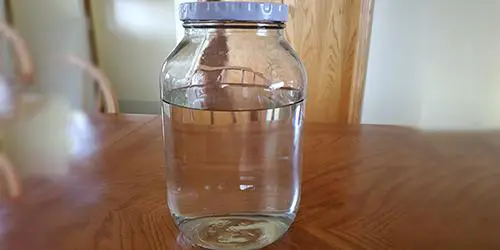
- 1 tablespoon organic cold-pressed neem oil

- 1 teaspoon food-grade diatomaceous earth solution (see below) OR liquid soap

Before you can add everything together and start spraying, you need to emulsify the neem oil so it can stay suspended in the solution. Otherwise, the oil and water will separate, leading to an uneven coating on your plants, which can cause sunburn on the leaves and leave gaps in your treatment that weaken the spray’s effectiveness.
Choose An Emulsifying Agent
Oil and water don’t mix, so you’ll need an emulsifying agent to bring everything together – just like the eggs in a cake recipe. That’s where the diatomaceous earth (DE) solution (or liquid soap) comes in. Both work by binding to the neem oil and distributing it evenly through the solution.
Diatomaceous earth is 100% organic and offers additional pest control properties, which makes it my preferred choice. However, liquid soap will also work in a pinch!
You can make a “single serving” size of DE solution by mixing ½ tablespoon water with ¼ teaspoon diatomaceous earth and using 1 teaspoon of the resulting solution in this recipe. I prefer keeping a jar on hand, so it’s easier to make this spray as needed throughout the season.
For 1 quart of the diatomaceous earth solution, add 5 tablespoons plus 1 teaspoon of food-grade diatomaceous earth to the jar, then fill it with water. Shake vigorously, and store for up to a year in a cool, dry place. Over time, the DE will settle to the bottom – but all you have to do is shake the jar to make it ready to use again!
How To Make Neem Oil Garden Spray
- Fill a 1-gallon pump sprayer almost to the top with water, leaving room for an extra quart at the top.
- Emulsify your neem oil: Add 1 teaspoon of diatomaceous earth solution (or liquid soap – see above) to 1 tablespoon of neem oil in a quart jar and stir until combined. The mixture should look almost creamy. Neem oil has a pungent smell, so you may want to do this outside.

- Add warm (not hot!) water to the neem oil/DE mixture until the jar is ¾ full, stir, put the lid on, and shake until your arms hurt. Keep going until you no longer see oil droplets forming on the surface when the jar settles.

- Finally, pour the neem oil mixture into your sprayer, cap it, and shake to combine. Your spray is ready to use!

How To Use Neem Oil Spray for Pest Control
It’s best to apply foliar (leaf) sprays right as the sun is going down at night for a couple of reasons:
Beneficial insects are less likely to be active at night.
Applying the spray in the evening will give your plants time to dry off before the sun comes out – wet leaves are at risk of sunburn in direct sunlight.
When you use this spray, make sure to drench the entire plant, including the underside of the leaves (where many pests like to hide). The leaves should be dripping. Shake your sprayer occasionally to keep everything combined while you work.
How often you need to apply this treatment will depend on the severity of your pest problems. Generally speaking, a touch-up once every 2 or 3 weeks through the growing season is good for preventative care, but you may want to bump it up to once a week for a particularly infested plant. You’ll want to reapply after any heavy rain as well.
Remember, neem oil takes time to work through an insect population, so if you don’t see instant results – don’t panic! Consistency is the key. With a little patience, you’ll see a drastic reduction in pest populations over time.
You may also like:
50 Off the Grid Homesteading Tips and Tricks
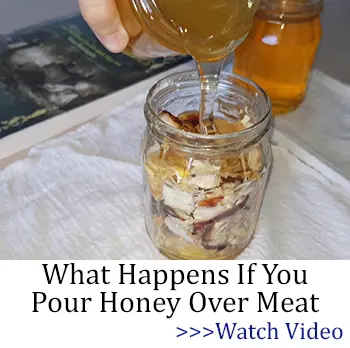
Similar to Morphine: The Best Natural Painkiller that Grows in Your Backyard (Video)
When Did Independence Become Illegal?
How To Build a Solar Heater from BEER cans for FREE
The Ultimate Guide To Composting

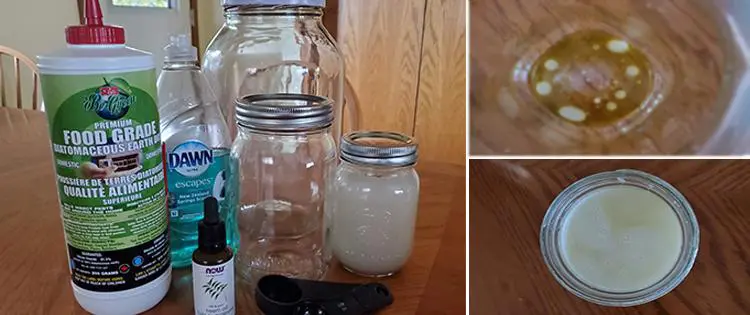
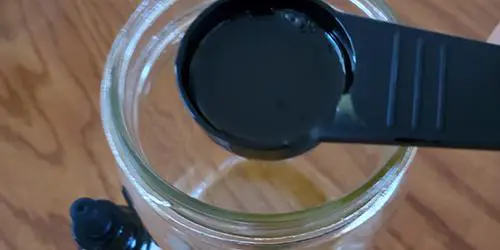
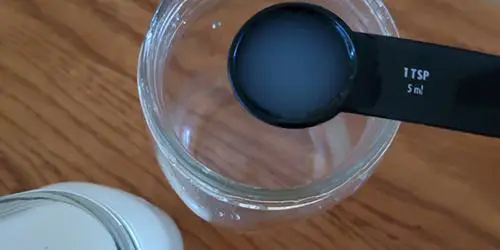
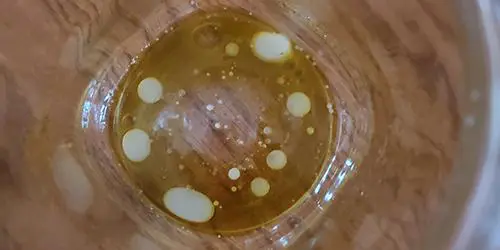
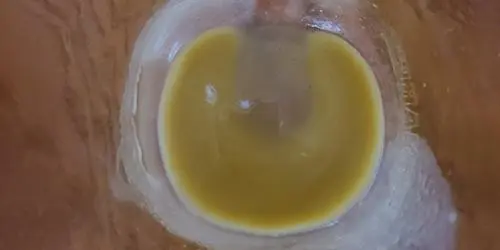
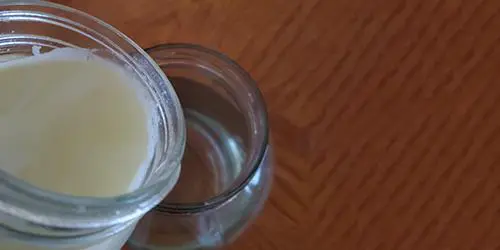

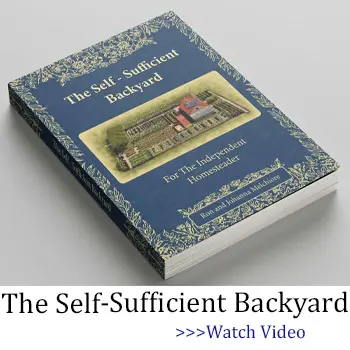
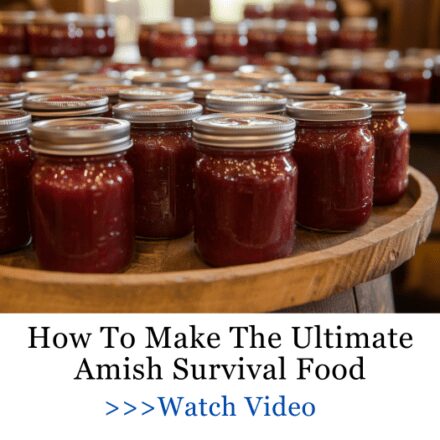
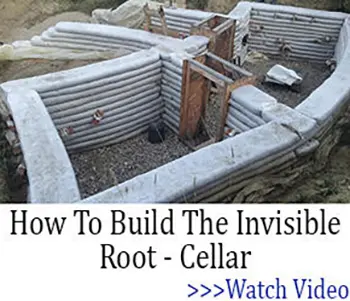
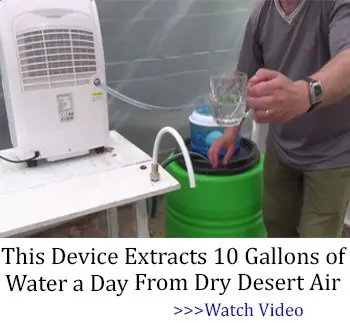
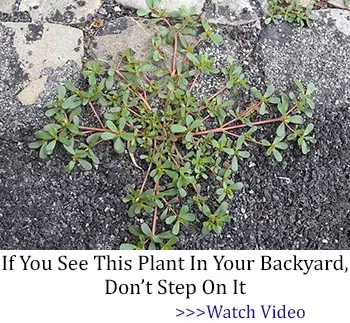


I have two questions: How do you get the neem oil off of your produce when you want to eat it? and can you use it on small seedlings, or only full-grown plants?
I wouldn’t recommend you to eat neem oil because it may be toxic to the human body. Also, I believe that neem oil foliar spray has been shown to be most useful when applied to young plant growth, from what I know.
I need more info on this recipe!
I am toatally ? Confused , I would love to have one recipe for any amt. with total instructions,PLEASE!